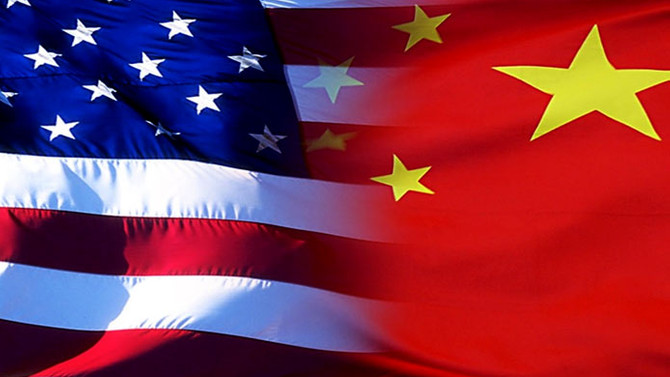The Purpose of Education
 There is no single agreed idea on the purpose of education. At different periods of time and by different scholars and institutions, education is viewed to serve different purposes. To understand the purpose of education, it is more important to see different perspectives from different units and we will finally conclude our point of view at the end of these literature reviews.
There is no single agreed idea on the purpose of education. At different periods of time and by different scholars and institutions, education is viewed to serve different purposes. To understand the purpose of education, it is more important to see different perspectives from different units and we will finally conclude our point of view at the end of these literature reviews.
The journal published ASCD highlights several great perspectives regarding the purpose of education. Various philosophies were raised at different periods of time starting from early 1930s to 1990s. It can be summarized that education serves to give people the necessities to grow as human beings and to be accepted in society, and make potential development (Dewey, 1934; Martin, 1948; The ASCD Committee, 1957; Ammons, 1964; Foshay, 1991; cited in ASCD, 2012).
In more contemporary context, education is widely discussed by scholars around the globe and several important international institutions have also been working on it as well. World Bank (2017) suggests that education plays a crucial role as a driving force of development and “the strongest instruments for reducing poverty and improving health, gender equality, peace, and stability.” This similar meaning of the purpose of education is also shared by UNESCO (n.d.). On individual level, Brende (n.d.) mentions that education allows people to get job, get out of poverty, have enough capital to support family and develop their communities.
Leaving the broader context to understand the purpose of education, we should now focus on narrow definitions of education’s purpose in Cambodian context. Fata (2012) highlights the change of purposes of education in Cambodian history. During the colonial period, Fata notes, the education played a role in establishing well-educated elites to work for the protectorate. However, there was the shift of focus after the colonization. The independent Cambodia perceived education as a driving force for social-economic development of the country. In more narrow view,in the modern time, higher education in Cambodia provides students with knowledge and skills that help them contribute fully to national development and labor market needs; employment related-skills; and understanding of and positive attitude towards work and a capacity to manage and work effectively and harmoniously with others, according to Ministry of Education, Youth and Sport of Cambodia.
Different scholars and institutions at different times and contexts define the purpose of education differently; however, several similarities are also found in this diversity of definitions. Therefore, we can conclude that the purpose of education is to allow people to flourish fully as human being and socially, to live their lives in demanding society and to contribute to development of society. In the other words, education can bring about human being enhancement, innovations, responses to challenges and social development at large.
Education serves as the greatest force to harmonize human being to coexist in the society. Education, therefore, allows people to develop themselves as social being through socialization. It serves as a platform where people learn to grow socially and culturally that it is to avoid social outrage. While education contributes to the instilling of culture and social norms, social-economic, critical and innovative skills are greatly focused in this contemporary era. It plays a part in producing human resources and capitals to respond to the demands from society ranging from labor needs to national and world challenges. In short, education is to transmit culture and to, more remarkably, produce resourceful people to meet the contemporary labor demands and challenges.
References
ASCD (2012). What Is the Purpose of Education? http://www.ascd.org/ASCD/pdf/journals/ed_update/eu201207_infographic.pdf
Brende, B. (n.d). Why Education Is the Key to Development. Accessed on December 27. Retrieved from World Economic Forum at https://www.weforum.org/agenda/2015/07/why-education-is-the-key-to-development/
Fata, N. (2012). School Dropout at Basic Education Level in Rural Cambodia: A Longitudinal Study. https://ir.lib.hiroshima-u.ac.jp/files/public/3/34054/20141016200657185358/diss_ko5967.pdf
UNESCO (n.d.). Education for the 21st Century. Accessed on December 27. https://en.unesco.org/themes/education-21st-century
World Bank. (2017). Education. Accessed on December 26, http://www.worldbank.org/en/topic/education/overview
